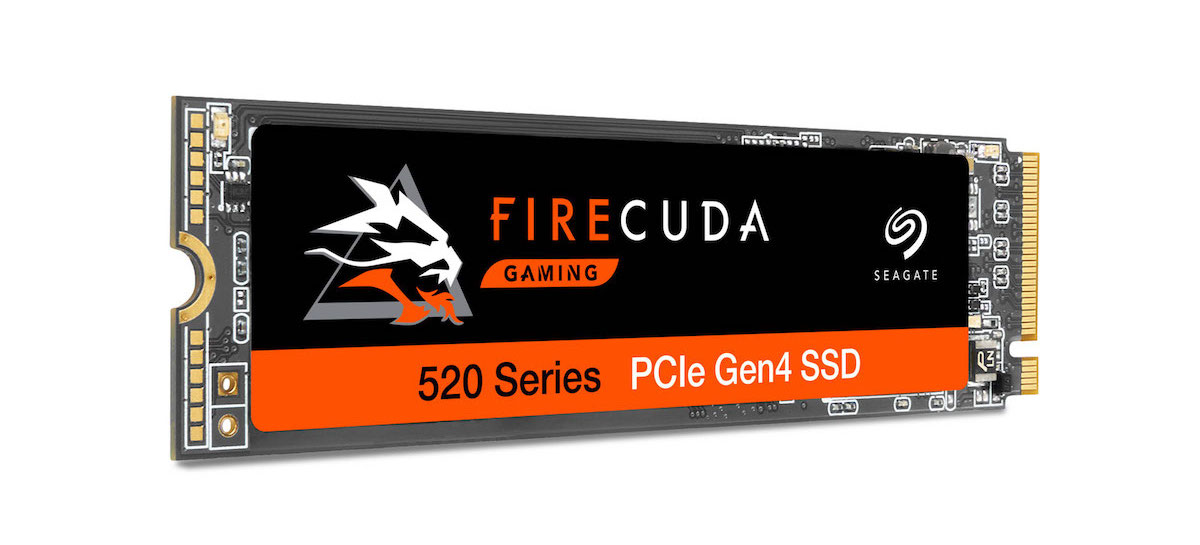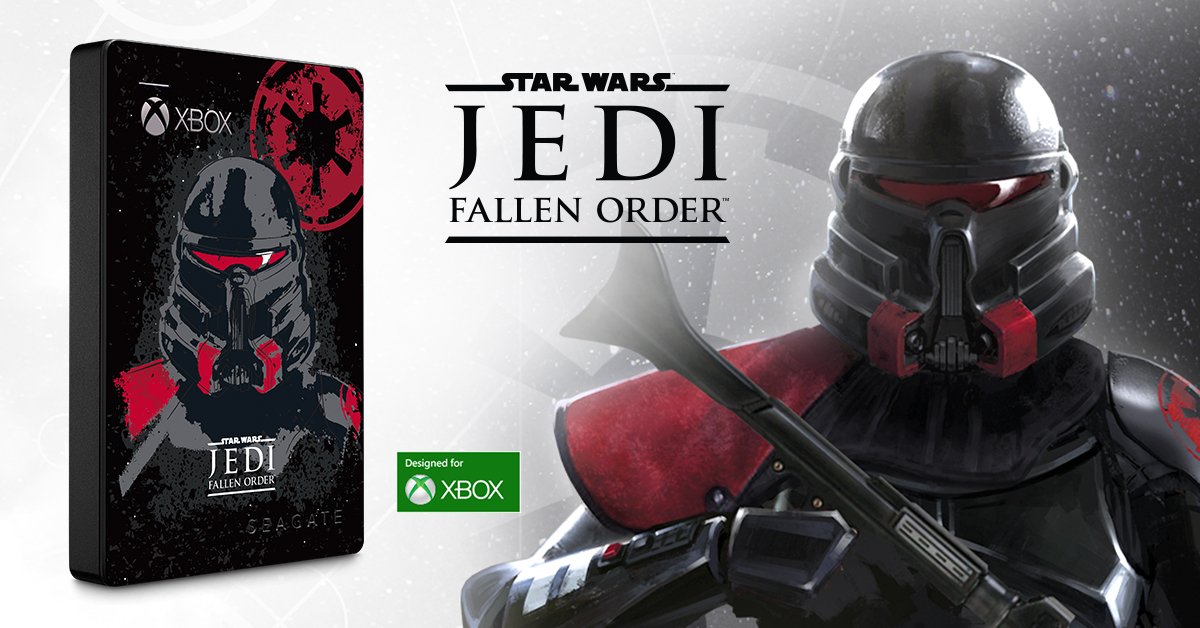Wow, SSD is a hot topic! It’s fast, it’s sleek and it definitely gets a lot of attention. With Seagate’s recent release our first SSD for enterprise storage applications (Pulsar), the chatter in the blogosphere was almost palpable. Well, at least it was for us geeky-dweebs in the storage industry.
But seriously, let’s face the facts that SSD is still not practical for the vast majority of consumer storage applications especially in the desktop. So today, I thought I’d provide a tip on a simple, inexpensive method to rev up your storage performance and capacity. It’s an old trick called RAID 0.
RAID (Redundant Array of Independent Discs) is most widely known for data redundancy and automated back-up standards. However, a RAID 0 configuration is used distribute the work load of reading and writing data between two hard drives to improve performance. The result is a near doubling of speed giving you a healthy bump in data throughput. For example, if you combine two Seagate Barracuda 500GB drives in a RAID configuration; you will yield a single logical drive with data throughput in the range of 230MB/sec! For disc intensive operations, (like booting for example) you will notice a significant difference.
All you need to implement a RAID 0 installation is two identical hard drives and a mother board or hard drive controller that supports RAID 0, which is much more common that you might think. Check out this very good summary of RAID 0 performances on Hardware Secrets for more info.
So, while SSD is definitely fast and SSD is definitely here to stay and will play a major role in storage advances over the next decade… for now, the good old hard drive is the common man’s best friend for fast, affordable and massive storage.







Leave A Comment